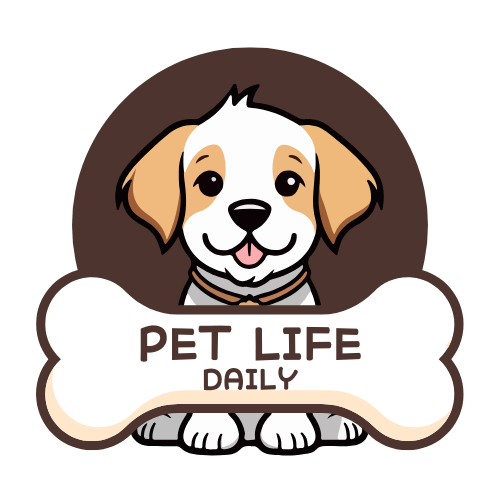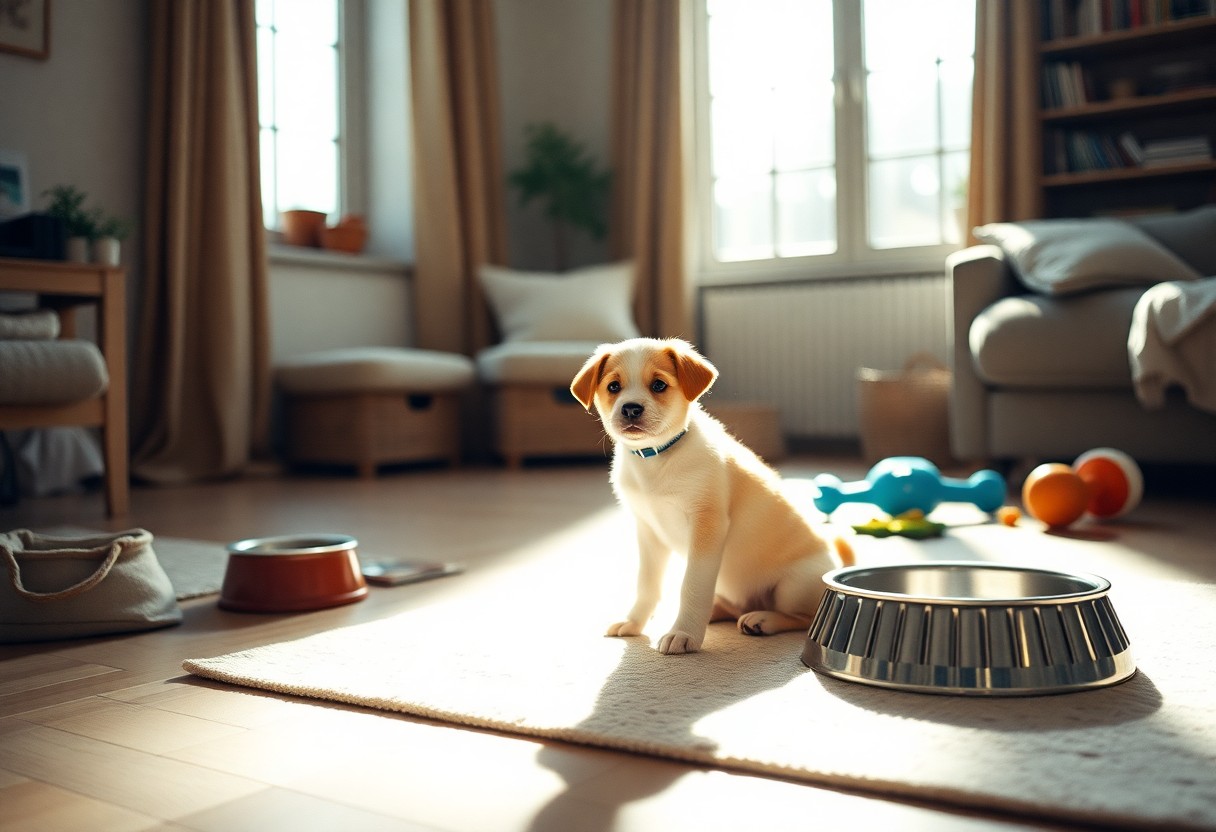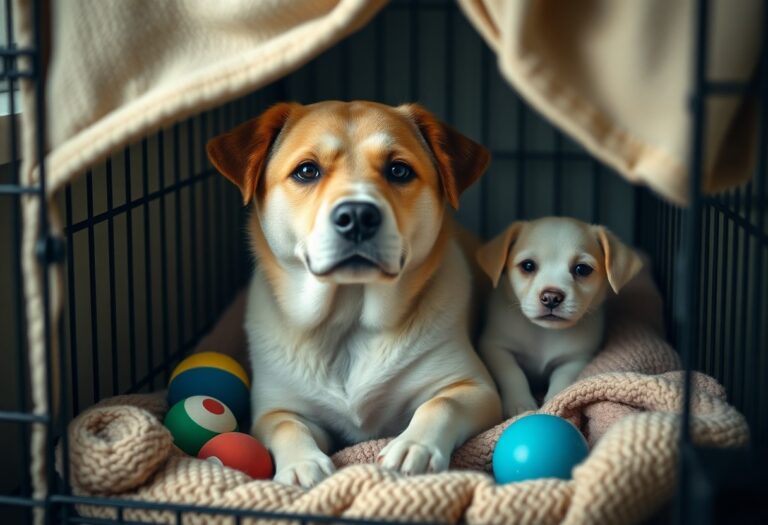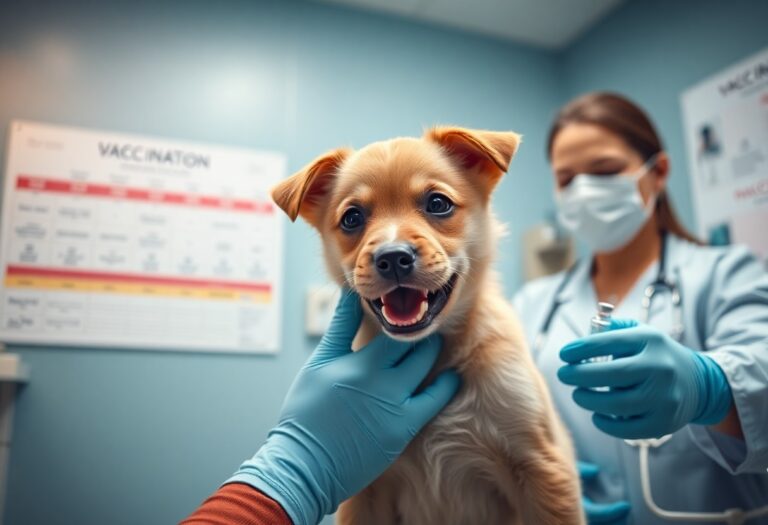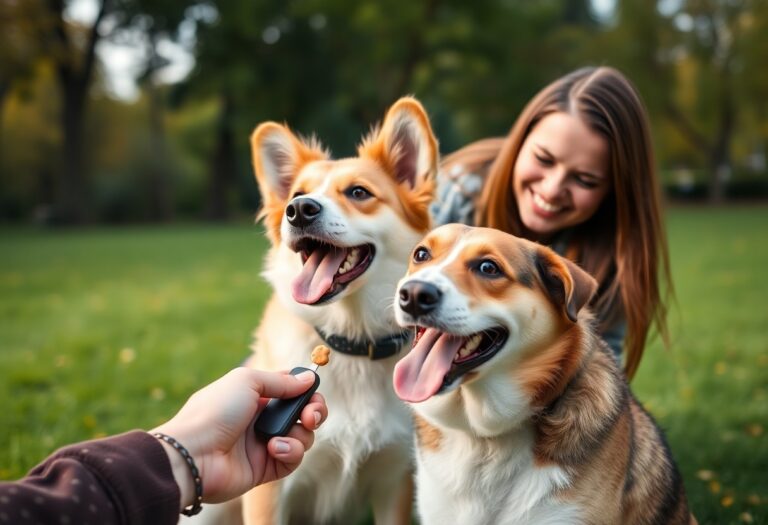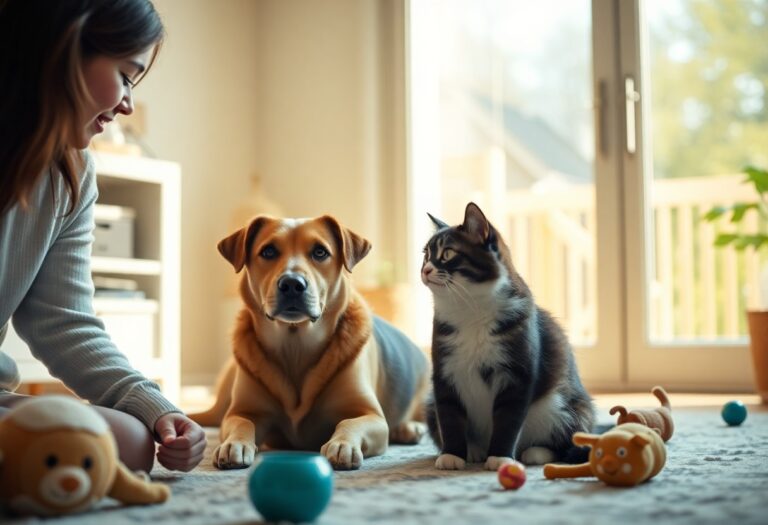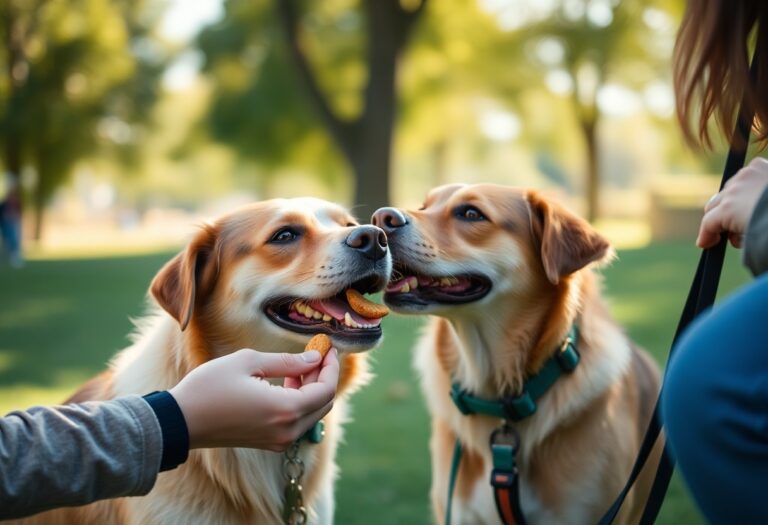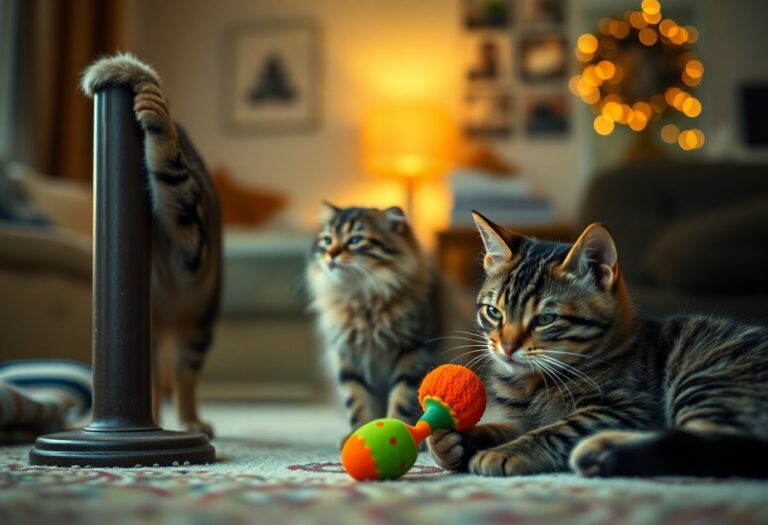There’s an exciting journey ahead as you welcome a puppy into your home! Effective house training is imperative to create a harmonious living environment. By employing consistent strategies and understanding your puppy’s needs, you can achieve success without the usual stress. This guide provides you with all the tools necessary to make the process as smooth as possible, ensuring your furry friend quickly learns the rules of the house. Get ready to foster a positive and safe space for your new companion with simple techniques that work!
The Essential Foundations of Effective House Training
Choosing the Right Space for Training
Your home environment plays a significant role in the success of house training. Designating a specific area for your puppy to learn will help them associate that space with doing their business. Ideally, this space should be easily accessible and relatively confined to minimize distractions. Using baby gates to section off a small part of your home can guide your puppy and give them a clear understanding of where they are permitted to relieve themselves. As they become more consistent, you can gradually expand this area to include larger sections of your home.
Equipping the training area with the appropriate surfaces is also key; consider using training pads initially if you’re in an apartment or cannot always take them outside. These pads come infused with attractant chemicals that encourage your puppy to urinate on them. Ensuring your chosen training space is free of harmful objects and provides a comfortable, low-stress environment will further enhance your puppy’s ability to focus on their training.
Understanding Your Puppy’s Natural Instincts
Every puppy has innate instincts that can influence their house training journey. During their early months, puppies want to keep their living environment clean; thus, paying attention to their body language is vital. Signs such as sniffing, circling, or whining often indicate that your puppy needs to relieve themselves. By learning to recognize these cues, you can promptly guide your puppy outside or to their designated area, reinforcing their understanding of where it’s acceptable to go. Providing positive reinforcement—like treats or praise—immediately after they do their business in the correct spot can motivate them to continue this desirable behavior.
Taking into account your puppy’s age and breed can also assist in developing a profound understanding of their instincts. Younger puppies, typically those under four months, will have limited control over their bladder and bowels. They may need to be taken out every couple of hours, while older puppies can typically hold it for longer, generally adding one hour for each month of age. For example, a three-month-old puppy might need to go out every three hours. Tailoring your training approach based on these natural instincts will not only help avoid accidents but also build trust and and an effective communication line between you and your puppy.
Strategies for Consistent Communication
Verbal Cues and Hand Signals that Work
Utilizing specific verbal cues and hand signals during training can enhance the communication between you and your puppy. Choose simple, distinct words like “go potty” or “outside” and use them consistently every time you wish to take your puppy out. Consistency helps your puppy to associate these cues with the desired action. Pair verbal commands with hand signals, such as pointing towards the outdoors or mimicking a downward motion, which reinforces the message visually. Over time, your puppy will begin to recognize these cues, allowing you to communicate your needs more effectively.
Start practicing these cues during routine potty breaks. For example, each time you take your puppy out to relieve itself, say your chosen command in a clear and upbeat tone. With repetition, your puppy will start responding not only to your voice but also to your gestures, enabling quicker responses when it’s time to go out. This approach builds a strong link between your commands and the puppy’s actions, assisting in faster comprehension of house training expectations.
The Importance of Timing and Reinforcement
Timing is everything when it comes to reinforcing positive behavior. As soon as your puppy successfully relieves itself outside, provide immediate positive reinforcement—whether that’s through verbal praise, treats, or belly rubs. The quicker you acknowledge their accomplishments, the better your puppy will understand that they’ve done the right thing. Aim for instant feedback to create a clear connection between the behavior and the reward, which is imperative for effective learning.
Throughout this process, aim for a *reward system* that aligns with your puppy’s motivations. If they seem to enjoy treats more than praise, prioritize that; however, use both to foster a well-rounded response. For example, treat your pup when they perform the required behavior immediately, then follow it up with affectionate praise so they can experience both rewards. Keeping your reinforcement strategy flexible will cater to your puppy’s changing moods and preferences, creating a more engaging training experience.
Creating a Structured Routine for Success
Establishing a structured routine is pivotal in guiding your puppy through the house training process. A well-defined schedule provides a sense of security and familiarity for your furry friend, which can ease anxiety and prevent accidents. Consistency is key here; regular feeding times lead to predictable potty breaks, making it easier for your puppy to learn. Aim for a routine that encompasses playtime, meals, potty breaks, and rest periods. For instance, taking your puppy outside immediately after meals, upon waking, and before bedtime sets a clear expectation for when potty trips will occur.
Establishing a Reliable Potty Schedule
Your puppy will thrive with a reliable potty schedule that accommodates their age and development. Puppies typically need to relieve themselves after eating, drinking, playing, or sleeping, so observe their behavior closely. Generally, plan to take your puppy outside every one to two hours, and even more frequently during the initial stages of training. Ensure to praise them generously and offer a tasty treat immediately after they potty outside. This positive reinforcement helps them associate outdoor relief with good experiences, further encouraging them to follow suit in the future.
Key Components of a Reward-Based System
Implementing a reward-based system is an effective method for reinforcing desired behaviors during house training. Each time your puppy goes potty in the appropriate spot, reward them with enthusiastic praise, treats, or a short play session. This not only celebrates their success but also enhances their understanding of where they should go. Keep the rewards immediate and specific to solidify the connection between their actions and your praise, making them eager to repeat the behavior.
Alongside these rewards, consistency in your commands also contributes to a successful training process. Use a specific phrase or word when you take your puppy outside, like “go potty” or “do your business.” This helps them associate the verbal cue with the action. Make sure to keep your tone upbeat and joyful when rewarding your puppy; this fosters a positive atmosphere that encourages them to continue following the established potty routine. You’ll discover that combinations of rewards, consistency, and clear commands lay the groundwork for a well-house-trained puppy.
Common Pitfalls and How to Avoid Them
Understanding the Impact of Negative Reinforcement
Using negative reinforcement can backfire during house training, often leading to fear and anxiety in your puppy. Instead of associating bathroom habits with positive outcomes, your puppy may come to view the process as a punishment. For example, scolding your puppy for having an accident inside can create an environment of stress, making them more likely to hide their eliminations from you. Establishing a fear of repercussions does not help your puppy learn the desired behavior; rather, it can cause them to become secretive or anxious about eliminating near you, which complicates the training further.
Opt for positive reinforcement strategies instead, as studies have shown that they lead to quicker learning and stable behavioral changes. Reward your puppy with praise, treats, or playtime immediately after they go outside. This reinforces the understanding that eliminating outdoors is a good choice. Develop a balanced approach that emphasizes rewards and clear communication without resorting to negative actions, ensuring your puppy associates going outside with positive experiences.
Recognizing Signs Your Puppy is Struggling
Many owners overlook subtle indicators that their puppy is having difficulties with house training. Common signs include frequent circling, whining, or suddenly stopping during playtime to sniff the ground. These behaviors often indicate that your puppy is feeling the urge to eliminate but is unsure of where to do so. You might also notice your puppy eliminating inside shortly after being taken outside, suggesting they are not fully grasping the connection between indoor and outdoor spaces.
Some puppies may even show signs of distress during certain training sessions, which can manifest as excessive barking or cowering. If you see your puppy showing hesitation or fear while attempting to learn the bathroom routine, it’s a signal that they might be overwhelmed. Providing a safe space where your puppy feels comfortable and increasing the frequency of bathroom breaks can help alleviate their struggles, ensuring they learn the appropriate behavior without pressure.
Troubleshooting Training Challenges Like a Pro
Even the most dedicated puppy parents encounter challenges during the house training process. Identifying the root cause of any hiccups in your pup’s progress can help you adapt your approach, ensuring a smoother path to success. A common issue faced is when puppies relapse after seemingly mastering their potty habits. This can be caused by stress, changes in routine, or simply a desire to communicate with you. Pay close attention to your puppy’s environment and consider any recent changes that may have disrupted their sense of security.
Solutions for Relapsing in House Training
To combat relapses, examine your puppy’s daily routine and make necessary adjustments. Implementing a consistent schedule for feeding and bathroom breaks is imperative. Increasing the frequency of outdoor potty trips, especially after meals and naps, reinforces their understanding of where to go. If an accident occurs, refrain from punishment; instead, calmly guide them outside and give praise upon successful outings. Using a crate efficiently can also help retrain your puppy, as it establishes a safe space while encouraging them to hold their bladder.
When to Seek Help from Professionals
In some instances, house training can challenge you and your puppy beyond what you can handle alone. If your pup struggles consistently despite your best efforts, it might be the right time to seek professional help. Certified dog trainers and behaviorists can provide you with tailored strategies and insights that cater specifically to your puppy’s needs. Beyond simple potty issues, observing other behavioral problems could signal underlying anxiety or medical concerns that require expert assessment.
Consulting a professional can greatly enhance your house training journey, as they often have tools and methods that deliver results efficiently. They can analyze your puppy’s behavior in real-time, addressing specific issues with personalized techniques that maximize learning. This outside perspective can make all the difference, turning training challenges into milestones of progress and confidence for both you and your furry companion.
To wrap up
Conclusively, implementing a simple and stress-free puppy house training approach can transform the experience for both you and your new furry friend. By understanding your puppy’s natural instincts and behaviors, you can create a structured routine that encourages successful potty habits. Consistency, patience, and positive reinforcement are key elements that will guide you in nurturing a well-trained companion, allowing you to build a trusting relationship grounded in mutual respect.
As you launch on this rewarding journey, it’s important to stay adaptable and observant of your puppy’s cues. Every pet is unique, and what works for one may not work for another. By tailoring your training techniques to suit your puppy’s personality and needs, you will provide a nurturing environment where they can thrive. With time and dedication, you will master the art of puppy house training, creating a harmonious household where both you and your pet can enjoy each other’s company to the fullest.
